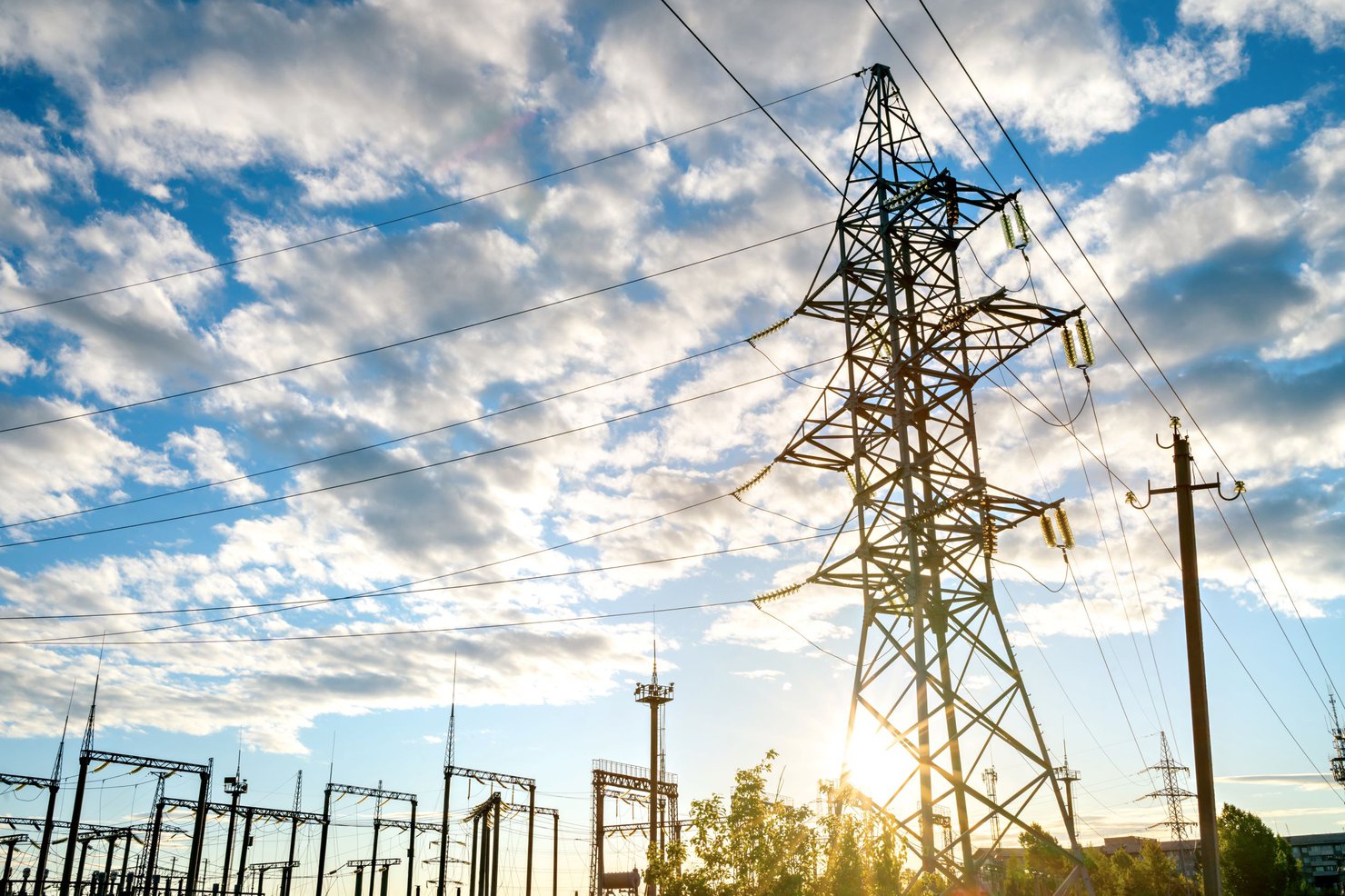In a recent workshop co-hosted by RFF about how US states are moving toward decarbonizing their electricity supply, participants identified related challenges, solutions, and future research questions. This blog post summarizes their insights.
Many US states have committed to decarbonizing the electricity sector and have begun implementing policies to reach that goal. In a recent workshop co-hosted by Resources for the Future (RFF), the University of Virginia, and the National Renewable Energy Laboratory, experts came together to discuss how states can promote clean electricity through generation investment, transmission, and demand management.
State-level electricity policy comes with important challenges due to the limited authority that states have over an electricity grid that extends beyond their borders. In fact, states must coordinate with the overlapping authority of various agencies and institutions, including the Federal Energy Regulatory Commission (FERC) and the North American Electric Reliability Corporation at the national level; regional transmission organizations and independent system operators at the regional level; public utility, energy, and environmental agencies at the state level; and utilities, independent generators, and local governments at the sub-state level.
Workshop participants identified specific challenges, potential solutions, and future research questions related to these institutional aspects of state decarbonization. Some key ideas from the discussions are outlined below.
Investment in Clean Power Generation
To date, most state decarbonization policy has focused on promoting clean power generation, whether through renewable portfolio standards, clean energy standards, capacity targets, or emissions caps. Even so, investment in clean power generation entails some important challenges.
Market design that disfavors renewables. Electricity generation located in several eastern regions of the United States is partially financed based on the expected revenue from capacity markets. Renewable energy resources typically do not receive much revenue from capacity markets, because renewables are considered to have low capacity value due to their intermittency. Workshop participants recommended further research into the capacity value of renewables and that states push their regional transmission organizations to value renewable capacity in a more nuanced way.

Backed-up interconnection queues. The longer that proposed generation facilities have to wait to be connected to the grid, the less likely they are to be built. Interconnection queues have been getting longer in recent years, which makes adding large quantities of renewables to the grid more difficult. Workshop participants recommended that states push FERC and regional transmission organizations to improve the interconnection process and work with neighboring states on regional transmission planning that recognizes wider regional benefits.
Siting opposition. Local authorities often have final say on whether a renewable energy facility is built. Workshop participants recommended that states facilitate relationships between developers and local governments by providing up-to-date information, setting clear guidelines for interactions, and making sure all parties can benefit through mechanisms like siting agreements.
Policy uncertainty. Both state and federal policy around climate and electricity is subject to change, and that unpredictability can make it difficult for renewable energy projects to be planned and built. State policies that are flexible and multi-layered can help insulate projects from sudden changes, although reducing policy risk may have its own costs.
Tension between local self-sufficiency and cost-effectiveness. Many state electricity policies focus on decarbonizing the grid entirely within the state itself. Policies with this structure can be attractive to states because these types of policies may help keep economic development and public health benefits within the state and may offer greater environmental integrity when states have no control over the actions of their neighbors. But go-it-alone policies can be significantly more expensive than policies that involve interstate coordination, and policymakers should balance these different priorities. Workshop participants stressed the need for future context-specific research on this issue.
Transmission
Investment in transmission capacity will allow states to access the clean energy resources they need to reach their decarbonization goals. But coordinated transmission planning is difficult.
Institutional mismatch. State decarbonization commitments are made at the state level, but transmission is regional and involves coordination among regional transmission organizations and neighboring states. Workshop participants discussed FERC’s new Notice of Proposed Rulemaking and the guidance it may provide states as they move toward proactive transmission planning.
Cost allocation. FERC requires that the costs of transmission be allocated among states according to the “beneficiary pays principle”—meaning that all who benefit should pay proportionate to the benefits they receive. But quantifying the benefits and determining to whom they accrue is a complicated affair. Workshop participants suggested this was a good area for future academic research and welcomed the formal role for states in cost allocation included in FERC’s transmission Notice of Proposed Rulemaking.
Insufficient state government expertise and capacity. Planning for new transmission infrastructure and engaging in multi-state planning processes takes an enormous amount of knowledge and time, and many states do not yet have the capacity for this activity. Workshop participants highlighted the need for more people with this expertise working in and with state governments.
Local opposition to transmission investment. As with siting considerations for clean power generation, transmission siting can be facilitated or blocked by local governments. Participants discussed the need to include local communities in transmission planning from the early stages of the process and for public education that highlights the importance of transmission.
Demand Management
Decarbonizing the entire economy is going to require electrification, and that means a large growth in demand. Reducing peak demand growth, even as overall demand increases, is one of the main ways to keep costs low, and demand management—the shifting of demand from peak hours to off-peak hours—is the main strategy for doing so. But state policies that focus on demand management run into particular challenges.
Lack of access for low-income households. Historically, energy-efficiency policies have had trouble reaching some demographics, including renters and low-income households. As states switch from promoting energy efficiency to promoting demand management, they may run into similar issues. States can address this problem by specifically designing programs to reach low-income households, perhaps by combining them with programs that already are accessible to low-income households.

Inadequate energy-efficiency metrics. Most demand-management policies used by US states focus on reducing overall electricity demand through energy-efficiency targets and associated programs. Unfortunately, states don’t always design policies that include an enforcement mechanism. States can use performance-based programs, in which utilities are compensated only if they meet reduction targets—but determining whether the target has been met can be difficult, especially when the demand is being compared to counterfactual demand projections that are themselves uncertain. Workshop participants suggested that enforcing these metrics might be an area for future research, perhaps by building on prior RFF work that uses machine learning to create counterfactual baseline projections.
Inadequate incentives for electricity customers. Current electricity rates generally do not reflect the marginal cost of generation, which means that customers don’t know when it would be most cost-effective to scale back their demand for electricity. Innovative time-varying rate structures could communicate this information about marginal costs and encourage customers to reduce demand when doing so has the greatest potential to reduce costs for themselves and for the grid. Time-varying rates also can reveal opportunities to grow demand at low cost to consumers, and such opportunities often coincide with periods of abundant renewable energy supply.
Inadequate incentives for utilities and regional transmission organizations. Demand management often would be a more cost-effective way to meet system needs than building more generation or transmission. As things stand, however, utilities in regulated regions typically are compensated based on capital investment, with utilities in both regulated and deregulated regions compensated based on investment in the distribution grid. Demand resources—that is, managed reductions in electricity demand that could be used instead of additional generation of electricity—often are unable to bid into regional electricity and capacity markets in the same way that generators can. Workshop participants suggested changes to utility business models that could push utilities toward demand resources, and suggested advocating with FERC and the regional transmission organizations for greater participation of demand resources in regional markets.
Confusing and high-risk rate structures. While changing customer rates to reflect the marginal cost of electricity may facilitate demand management, time-varying pricing may, on the other hand, expose customers to the risk of high prices that they may not be equipped to manage. The use of simpler rates or automation for residential customers, and careful evaluation and testing of rate designs before mass application, can protect consumers and prevent harm.
Power to the States
Decarbonizing the electric grid through state policies and actions will require the states to engage with institutions and regulators in the electricity sector, along with government entities at all levels. In future work, RFF, the University of Virginia, and the National Renewable Energy Laboratory hope to continue exploring ways that states can engage with these institutions to decarbonize the electricity sector.






